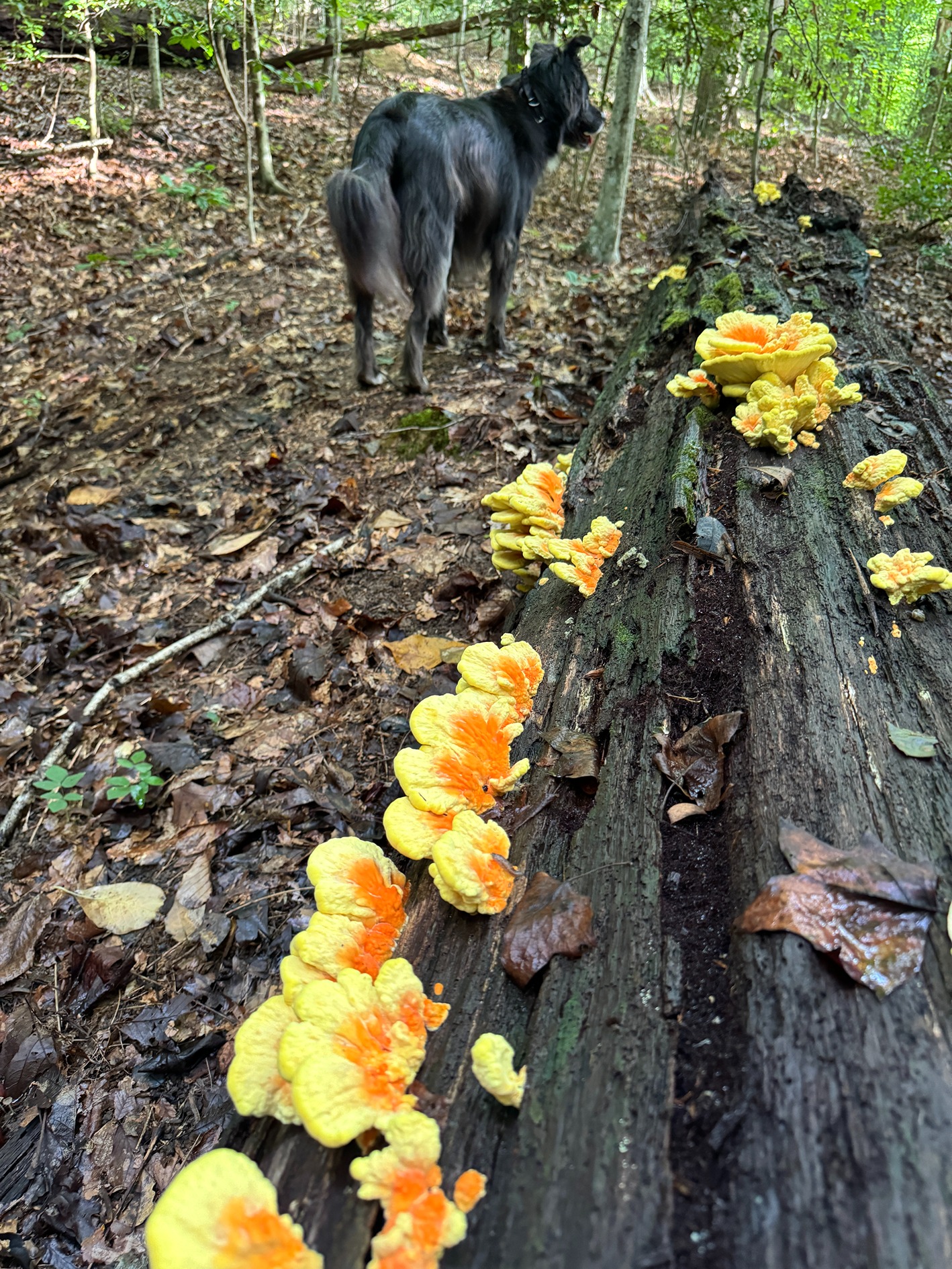
By Peter Girardi
My daughter, who is finishing her last year in college, mentioned she has been assigned to read the book “The Hidden Life of Trees” by Peter Wohlleben and journal throughout this semester on a specific tree on campus.
I remembered I needed to read this book too, as it has been sitting next to my couch for over a year. I dug in and just finished the book last week. I love how this author explains what trees and forests are doing and how they interact with the world around them; I feel like I know a lot of this, but I now have a fresh perspective.
A few weekends ago I went out to do some sightseeing while walking and riding in the woods, mostly to see what was new but to also check on what’s old. There was a lot going on outside and if I hadn’t slowed down I would have missed it: plants waking up. One of the thoughts I had while riding my bike was about the study of phenology that I learned back in college. You can look it up for more information, but basically phenology studies patterns that may exist between plants and other components of the natural environment and how that might correspond to insect and animal behavior. Here is a website that is all about Phenology https://usanpn.org/home. For example, I have always been told that a great time to get down to the river and fish for shade is when the downy serviceberry tree is in bloom. That’s probably why another common name for the serviceberry tree is shadblow tree.
So here are a few things I noticed:
- An alder tree flowering next to a stream. In the 2 pictures below you can see fresh male catkin flowers, small female cones starting to develop and old cones that have already released their seeds and are dried out and persistent on the tree.
- Daffodils foliage coming out of the ground and starting to flower
- Red maple trees are flowering all over Richmond.
- Elm tree buds that have been swollen for months are starting to flower.
- Star magnolia and Saucer magnolia trees are starting to bloom
- Eastern red cedar trees are starting to show their gender; brownish hue cedars are the cedars full with male cones and the cedars with a bluish hue are full with female cones. Also in the right amount of wind you will see a cloud of pollen coming off the male cedar trees.
- Multiflora rose have started to push out new growth.
- Fresh growth has started on honeysuckle vines.
- Ornamental pears are starting to swell and are getting ready to open soon.
- Coltsfoot is just starting to flower.
Maybe I will also start to observe birds, insects, other animal behaviors as well as my own behaviors, including eating habits, during this time of changing seasons. I’m sure if I were to just slow down a bit I would detect connections between the trees and the world around them and vice versa.


